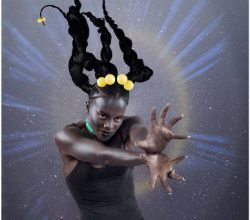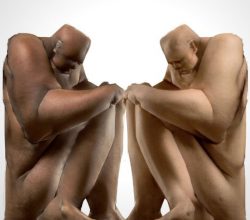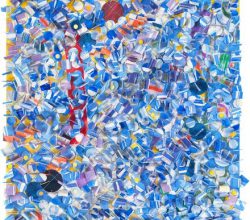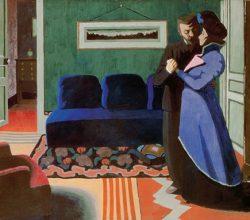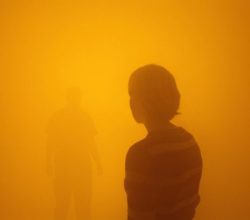
Olafur Eliasson’s Tate Modern retrospective shows reality in “higher granularity”
Sebastian Jordahn | Dezeen | 12th July 2019
An Eliasson retrospective must be a great temptation for Tate Modern. His 2003 “weather” installation had 2m visitors. This show feels a bit like a collection of greatest hits and is, according to one critic, “disjointed”. Still, Eliasson’s eloquent works are acclaimed as experiments in perception and statements of concern about environmental loss. The video in the article is worth a look.

